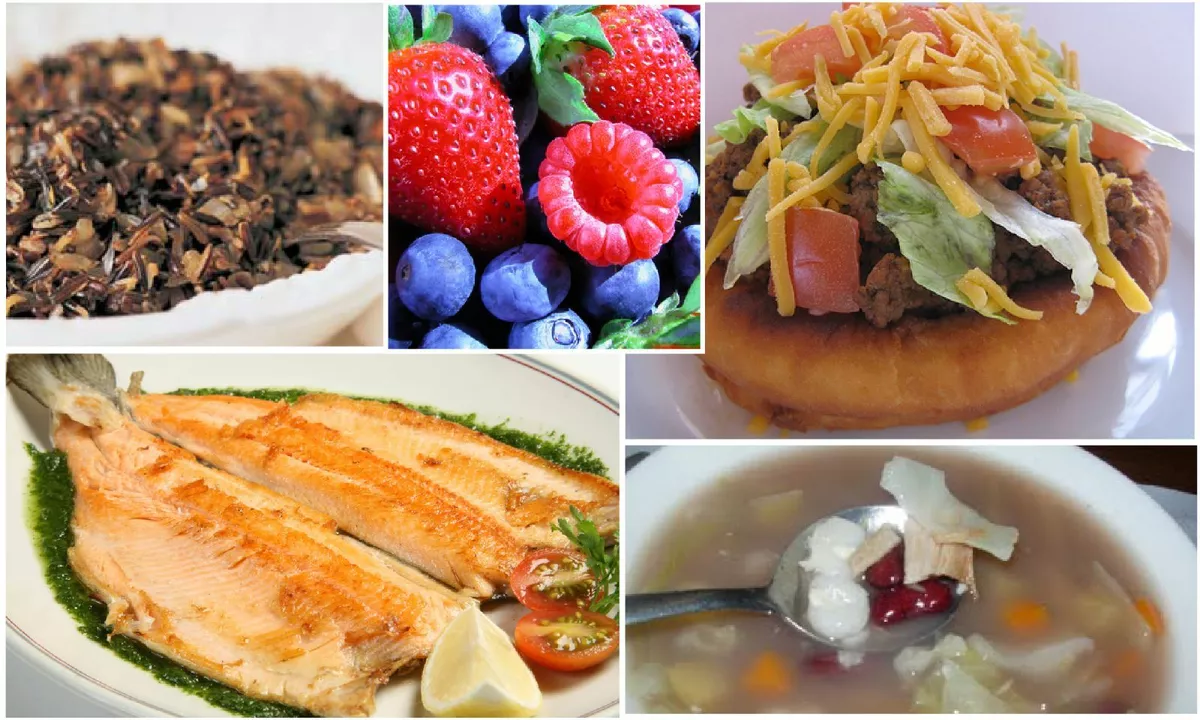Traditional Cuisine: Flavor, History, and How to Start Exploring
Your food carries stories older than your phone. Traditional cuisine lets you taste a place's history, climate, and everyday life. Want to explore real flavors without getting lost in trendy chefs? Start here.
What is traditional cuisine? It's the dishes families cook for generations, using local ingredients and simple techniques. These recipes grew from what's available, not what's fashionable. Think pickles made to last monsoon, breads baked in clay ovens, or stews simmered on low heat for hours.
Why should you care? Traditional food connects you to culture and season. It often means fresher ingredients, lower cost, and recipes tuned to local health needs. Plus, it's a shortcut to authentic taste when you travel or shop at a local market.
How to explore at home. Begin with one dish. Ask older family members for a recipe or visit a local market and ask vendors what they cook with daily. Buy whole spices, not pre-ground blends. Taste as you go. Keep notes—small changes matter.
Simple cooking tips. Use fresh spices and toast them lightly for more aroma. Cook in stages: temper spices, add aromatics, then vegetables or meat. Don't rush slow-cooked dishes; low heat concentrates flavor. Keep salt gradual—you can always add more.
Preserve and store like locals. Salt, oil, vinegar, and sun were the original preservatives. Learn one method—like making a basic pickle, drying herbs, or fermenting batter. These techniques extend shelf life and deepen flavor.
Eating with context. Traditional dishes pair with routines—breakfast breads, weekday lunches, festival sweets. Try replicating the full meal setting: sides, condiments, and the order of serving. That often changes how a dish tastes.
Travel tips for food hunters
Eat where locals eat. Avoid tourist traps. Join a food walk or ask a hostel host for places they go. Try street snacks, village homestays, and small family restaurants. A simple roadside curry can beat a high-end plated version.
Practical safety and respect
Be aware of food safety—drink bottled water where needed, check hygiene at street stalls, and avoid raw dairy in unfamiliar places. Respect food customs: remove shoes, accept or decline food politely, and ask before photographing private meals.
Traditional cuisine is a living thing. It changes slowly as people move and ingredients shift. By learning a recipe, trying local methods, and asking questions, you keep those stories alive. Ready to try one dish this week?
Start small: try a regional breakfast and a preserved side. For example, make a simple dosa batter, ferment overnight, and cook thin crepes with a spiced potato filling. Or try a basic Punjabi pickle with mango, salt, and chili, stored in a clean jar. When you succeed, invite a friend and talk about the flavors. Swap techniques and note what worked. Over time you'll build a personal collection of recipes that taste like memory, not a menu.
Keep asking questions, respect origins, and enjoy small wins in the kitchen; that is how tradition stays useful. Happy cooking and curious tasting.

In one of my recent culinary explorations, I came across the term "Indian bread" in the context of Native American food. It turns out that Indian bread refers to a variety of traditional flatbreads consumed by Native American tribes. Some popular examples include frybread, cornbread, and bannock. These breads are typically made from simple ingredients such as cornmeal or flour and are often cooked over an open fire. It's fascinating to learn about the diverse food traditions of Native American tribes and the role Indian bread plays in their cuisine.
Read More